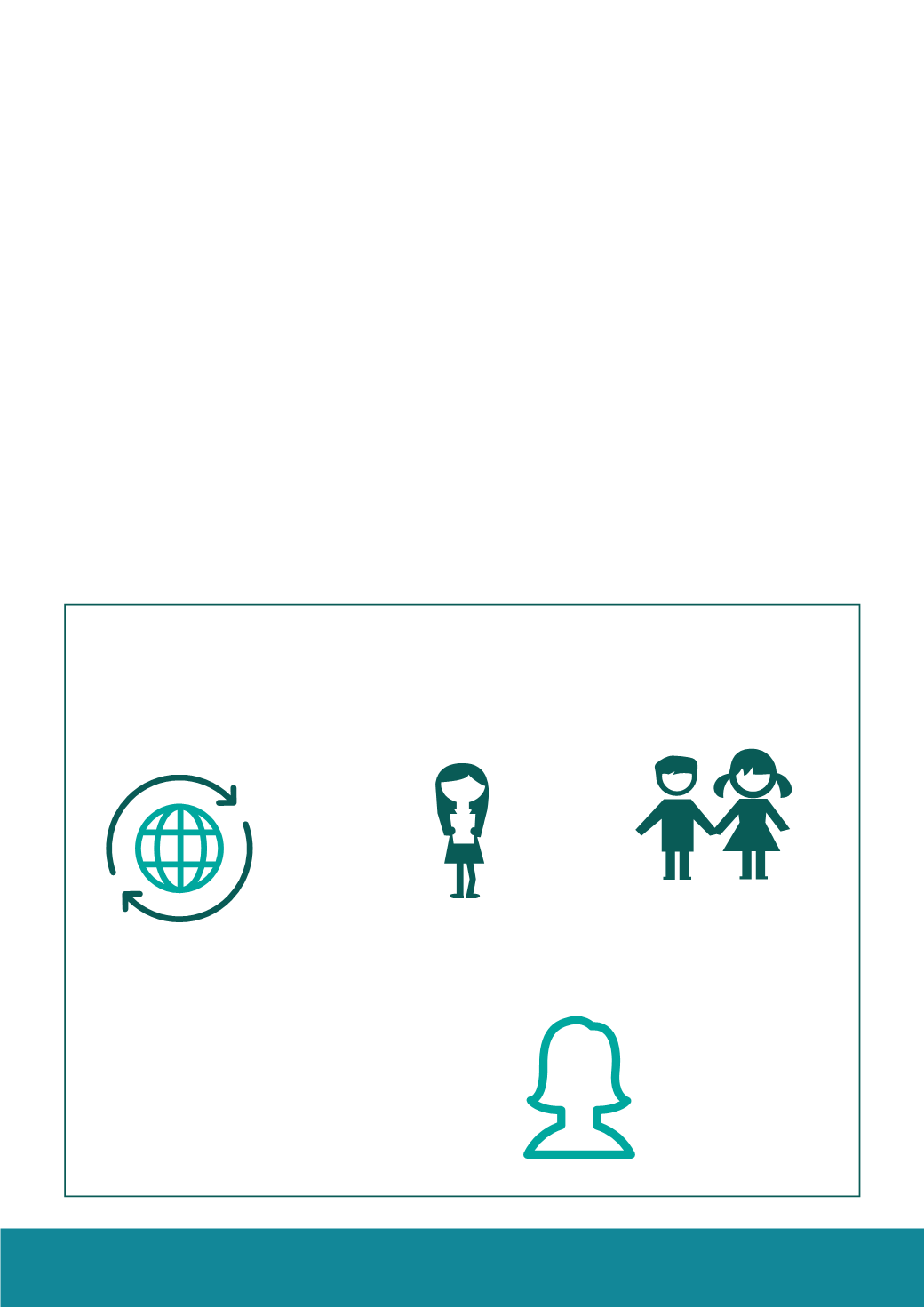
23
ISSUES: Marriage
Chapter 1: Marriage
that advice is freely available to enable those in need to
seek justice. And legal remedies are only one aspect of
addressing forced marriage.
Legislation fails to address the day-to-day issues associated
with protecting and supporting victims, and there have
been no additional resources announced to meet these
needs. This places the responsibility for supporting victims
onto charities – particularly women’s charities, since the
vast majority of cases involve female victims.
The need for support
Rashida Manjoo – the UN’s Special Rapporteur on violence
against women – has called for the UK Government to
“urgently evaluate the way women’s support services
are funded and then act to ensure a network of women-
centred services are available to all who need them”. In her
report on violence against women in the UK, its causes and
consequences – presented at the United Nations on 17 June
2015 – Manjoo points out that funding for these charities
often falls short.
Evidence demonstrates that actual and potential victims of
forced marriage are far more likely to approach and trust
specialist black andminority ethnic women’s services, rather
than the state agencies. Yet few of these services currently
receive adequate funding. And the limited resources
available to local authorities often means that appropriate
accommodation is all but non-existent. It is vital that these
services are properly funded, even in times of austerity.
The situation is even more urgent for the 11% of victims
who are under 16 years of age: they have little recourse to
services, apart from overstretched and cash-strapped local
authorities, many of whom are already overburdened with
cases of child abuse and unable to provide appropriate
accommodation.
The national shortage of suitable foster homes, and the
lack of specialist carers with appropriate training in cultural
sensitivity adds to the challenges faced by victims of forced
marriage. This kind of training is urgently needed to ensure
that criminal and civil support systems – including child
protection services – are working effectively.
Ultimately, the success of the stand-alone law on forced
marriage will depend on how effective it proves for victims.
At present, too little consideration has been paid to the
practicalities of this legislation, and its effect on victims
themselves.
17 July 2015
Ö
Ö
The above information is reprinted with kind
permission from
The Conversation
. Please visit www.
theconversation.com for further information.
© 2010–2017,
The Conversation Trust (UK)
CHILD MARRIAGE IS ANY FORMAL MARRIAGE OR INFORMAL UNIONWHERE
ONE OR BOTH OF THE PARTIES ARE UNDER 18 YEARS OF AGE.
EACH YEAR, 15 MILLION GIRLS ARE MARRIED BEFORE THE AGE OF 18.
THAT IS 28 GIRLS EVERY MINUTE... ONE EVERY TWO SECONDS.
700
MILLIONWOMEN
More than 700 million women, and
over 150 million men, already
su er the consequences of child
marriage.
Child marriage
happens across countries,
cultures and religions.
Child marriage violates girls’
rights to health, education and
opportunity. It exposes girls to
violence throughout their
lives, and traps them in a cycle
of poverty.
If there is no reduction in child
marriage, the global number of
women married as children will
reach 1.2 billion by 2050, with
devastating consequences for the
whole world.
Child marriage looks di erent
from one community to the
next. Solutions must be local
and contextual.
Source: Girls Not Brides 2017


